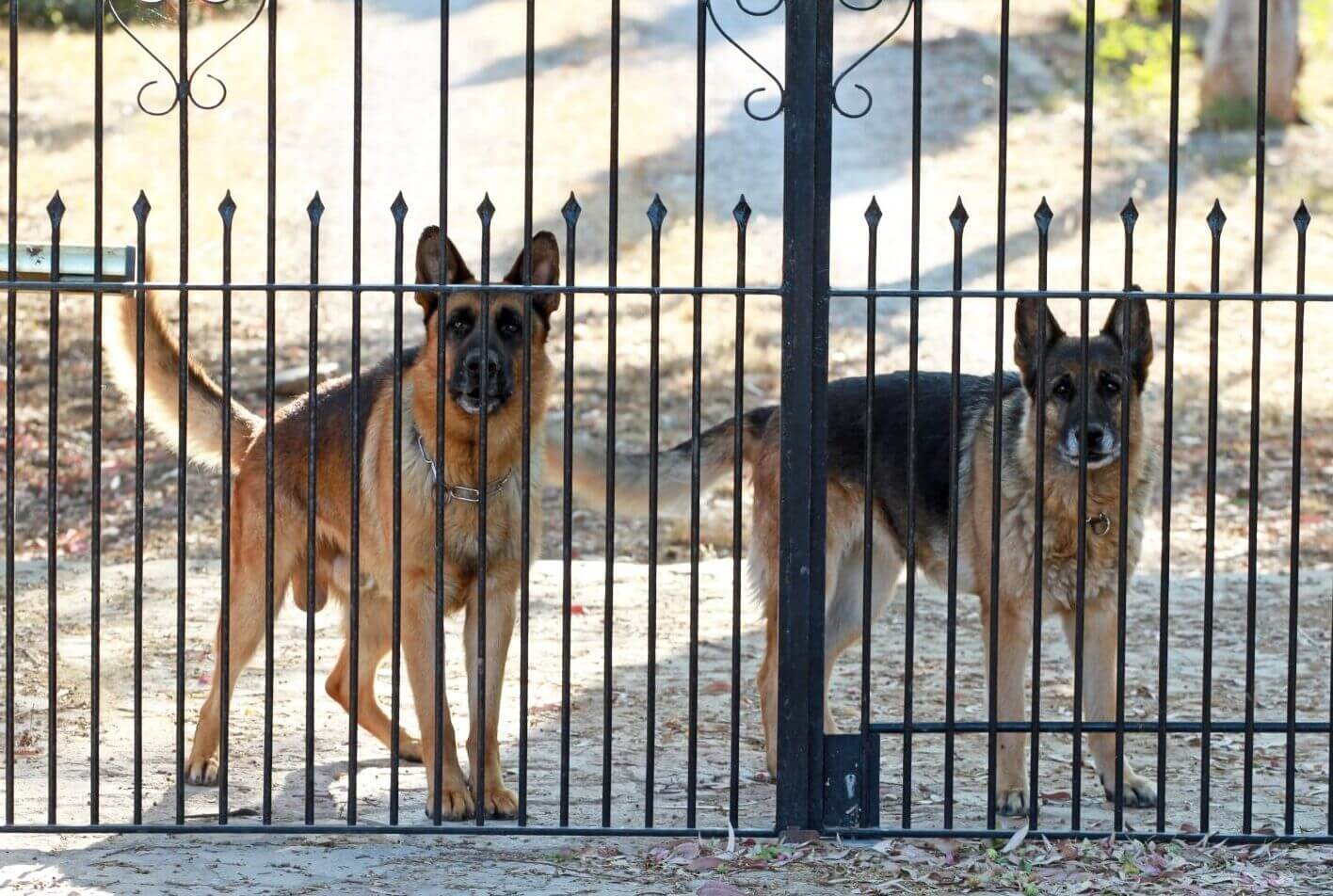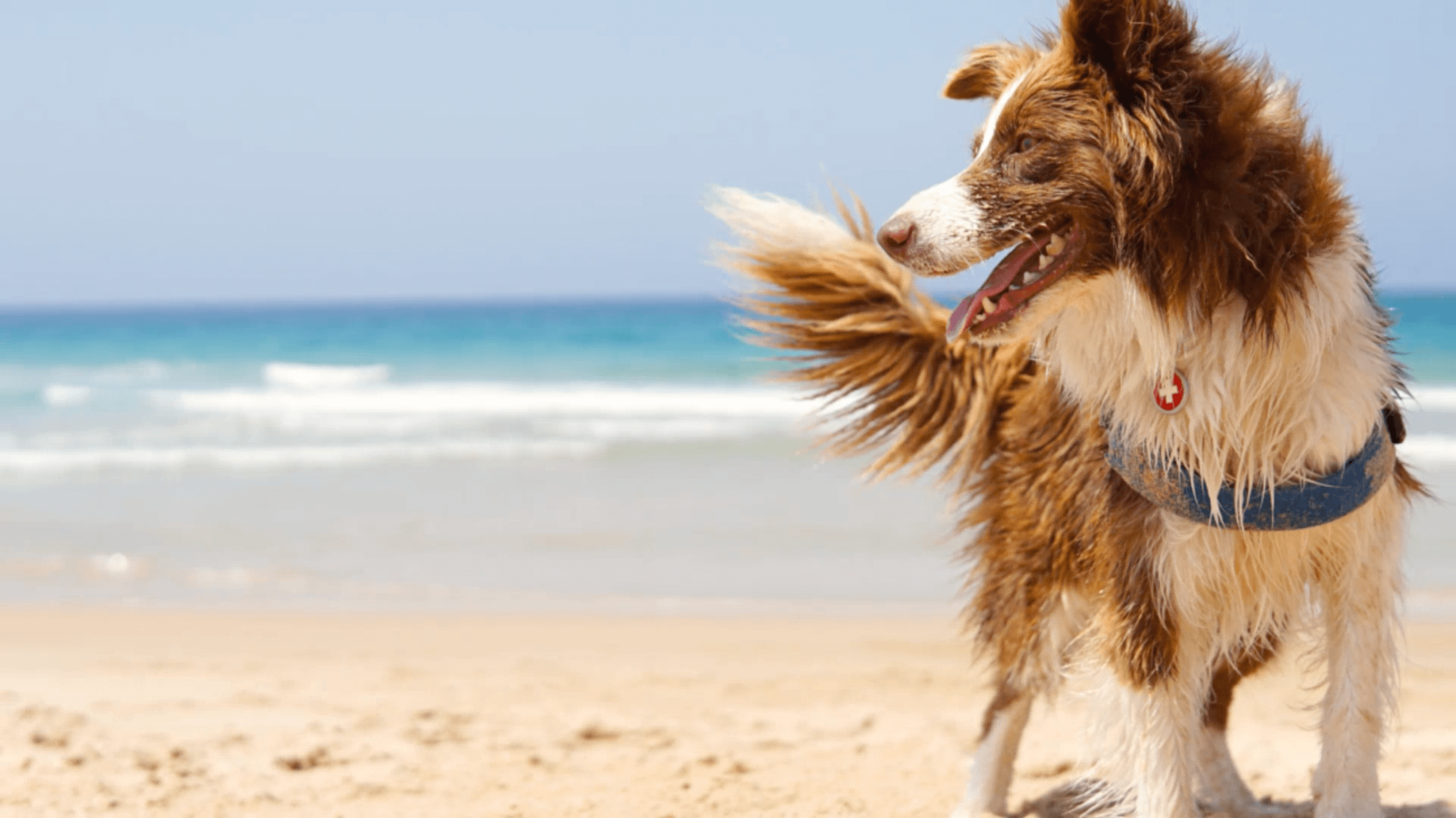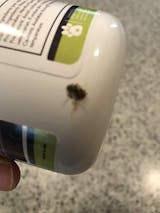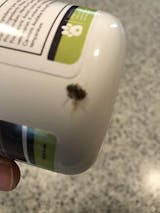Adopting a new furry member is always a source of joy 😊 However, the training of a new pup might not be so pleasant. And even though we usually associate training with puppies, the truth is that dogs can learn at any age since they are super intelligent animals. Now, the real question is: how to house train an adult dog? Keep reading!
How to house train an adult dog

Contrary to popular belief, in most cases, training an adult dog is easier than training a puppy, since adult dogs are not wiggly or jumpy, and hence, their training sessions can be much more productive.
If you decided to house train an adult dog, here are some important tips you should follow:
-
Decide on your training method: Positive reinforcement, dominance, clicker, relationship-based, or mirror training are all different methods you can use to housebreak your pup. Depending on your preferences, possibilities, and your dog’s strengths and weakness, you can choose the method that fits you and your pup best. But once you finally choose a method, we strongly recommend that you stick to it. If you start combining them and using a mix of every method you’ve heard of, your pooch will end up confused and not trained at all.
-
Start with easy commands: If you have an adult dog at home who hasn’t been trained before, you should always start easy and see how he responds. There are some commands he has probably already identified like ‘no’, ‘stop’, ‘go’, etc. Work from there. Start by reinforcing the commands he already knows, and then build new ones.
-
Keep it short and sweet: This piece of advice doesn’t apply only to adult dogs. Dog training should always remain short and sweet, and the training sessions should never exceed 15 minutes. You can do two or three sessions per day, but you should always respect the time limit. After that, dogs simply lose interest.
-
Consider crate training: This is one of the most famous training methods because it actually works. It consists of introducing a dog to a crate or kennel in order to make it a safe space, a ‘den’. It consists of looking out for a safe, quiet, and relaxed place when everything around is fuzzy. It prevents destructive behavior, helps the dog settle and relax, and can be useful for potty training. You can read more on our blog about Crate Training.

-
Take an obedience class with a trainer: It is always a good idea to look for professional advice. Even if you decide to house train an adult dog, one or two obedience classes can make a significant difference in your training approach. Since you are not a professional trainer, you might be dropping the ball without even noticing, so it is always a good idea to look for pro advice.
- Be patient: Training a dog is a job that requires patience, love, and consistency. Naturally, you can’t expect a dog to learn new commands or tricks after only three days of training. So, if you decide to house train your adult dog, please take into account that it might take approximately two months of daily training. Last but not least, I know training can be frustrating, but before losing your patience, bear in mind that dogs have the intelligence of a two-year-old baby, so, just like it happens with toddlers, it might take them some time to learn.
Just as importantly, if your dog is suffering from anxiety, hyperactivity, excessive barking, or destructive chewing, housetraining might not be enough and you may want to consider giving hemp calming support. Mokai’s Hemp Calming Treats help reduce nervousness, promote calmed behavior, and naturally calm your dog.















